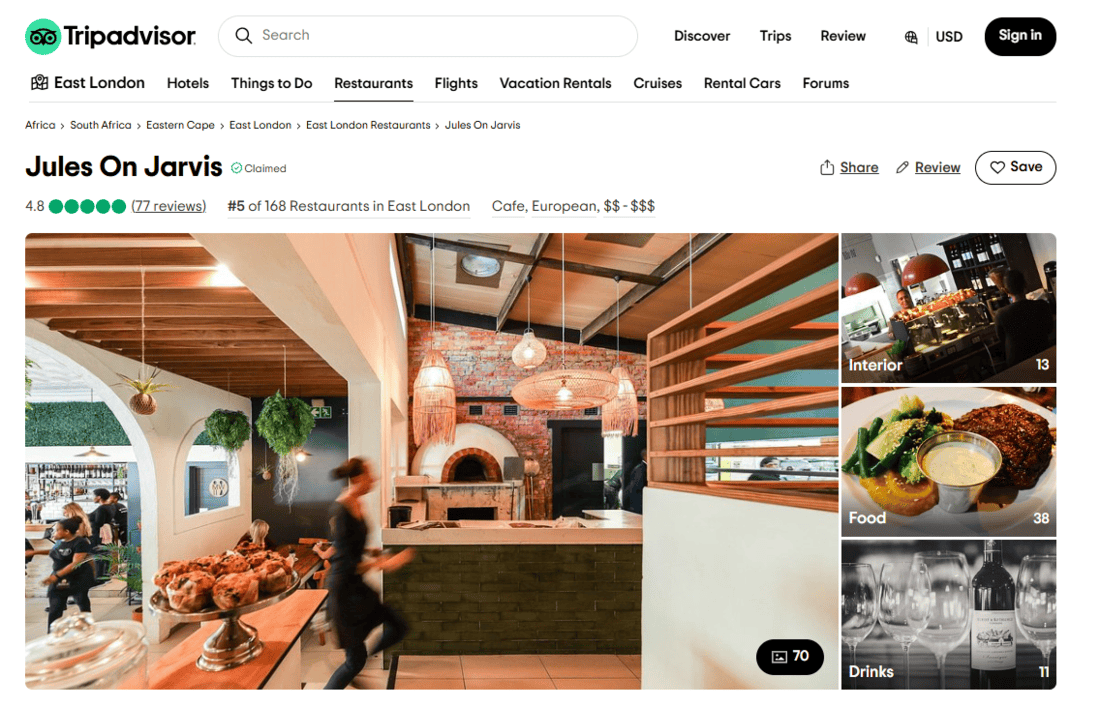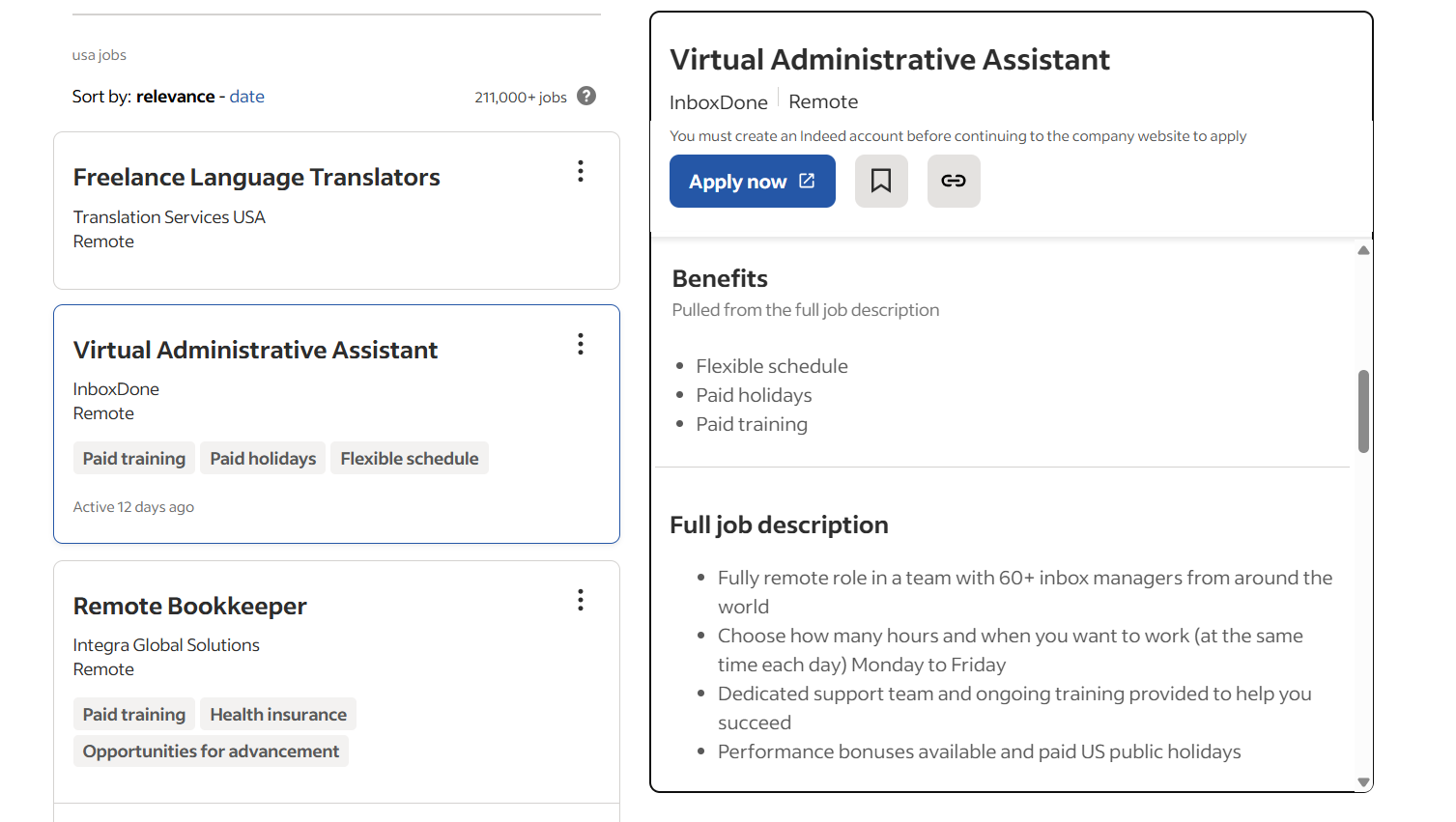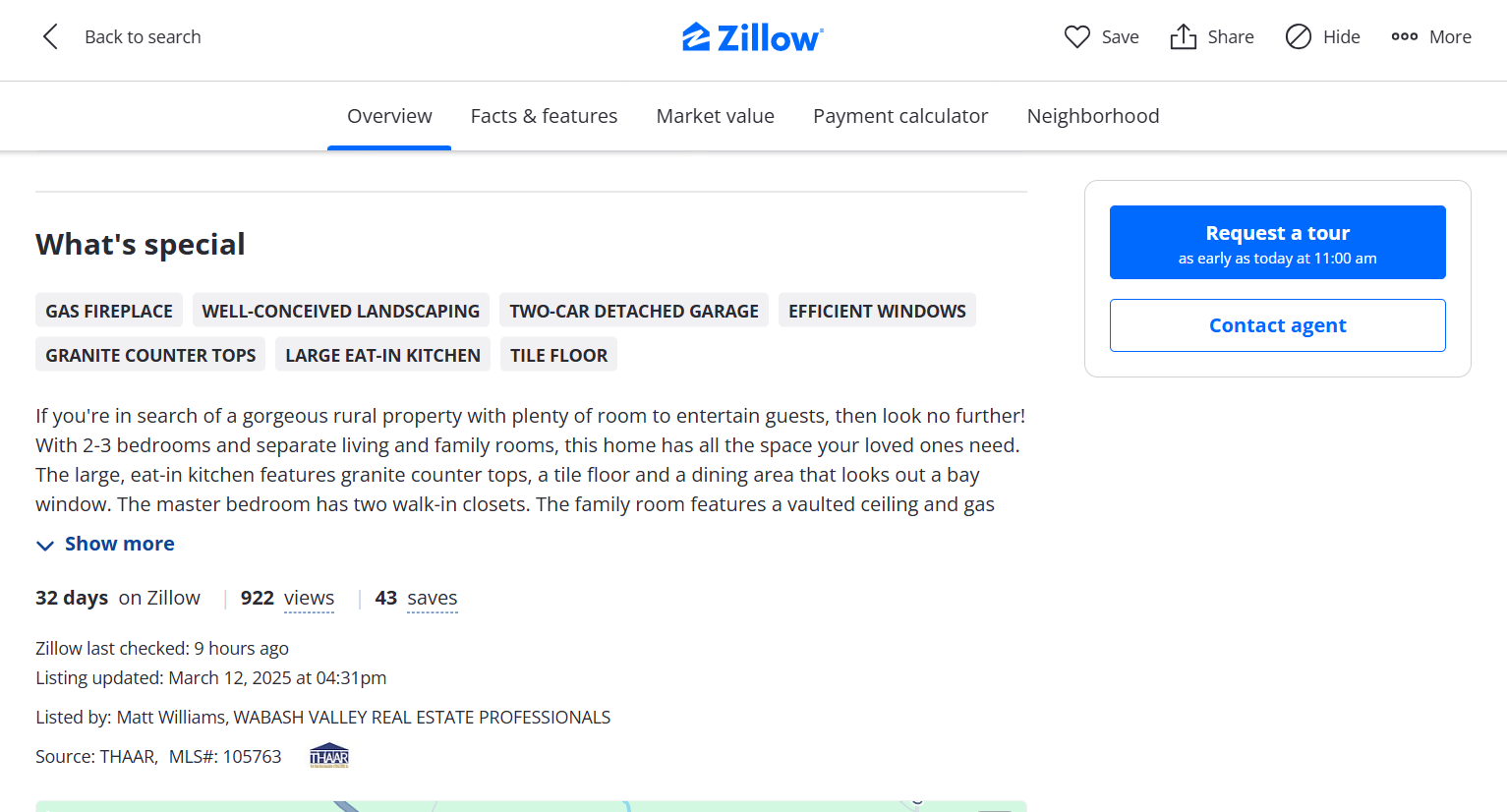
Imagine creating hundreds of optimized pages without writing each by hand. Sounds great, right? That’s basically what programmatic SEO was made for! Explore what exactly it is, how it works, how it can scale your search engine visibility, and whether it’s the right solution for you!

What is programmatic SEO
The term programmatic SEO is not related to the programmatic industry that helps publishers and advertisers in the landscape of ad monetization, helping efficiently monetize websites, mobile apps, and mobile games. Programmatic SEO (pSEO) is all about creating many pages using keywords in an automatic way. Notable sectors that can effectively leverage programmatic SEO include real estate, e-commerce platforms, travel and hospitality, or content aggregators like websites with job postings. Although both programmatic SEO and regular SEO have the same aim, which is to attract more visitors, there are some significant differences that you should know about:
- In contrast to traditional SEO, programmatic SEO uses automation to create many pages. Regular SEO consists of optimizing everything “by hand”;
- While traditional SEO works best for special, high-value topics, programmatic SEO is great for covering a lot of smaller, less competitive searches all at once;
- Regular SEO focuses on a smaller set of curated pages, relying on human analysis and strategic implementation to rank well for competitive keywords. Programmatic SEO is for those who leverage data analytics and templated structures.
Pros and cons of programmatic SEO
Here are some of the key advantages of programmatic SEO:
- Scalability, a massive number of low-competition keywords can be targeted at once – meaning you can win by outnumbering the competition;
- Cost-effective, since much of the work is automated, businesses can save money on content creation compared to hiring writers to build each page individually;
- Saving your time and effort, as manual creation of every page requires a lot of time and resources;
- Availability of the solution, with many AI-powered solutions like ChatGPT, programmatic SEO is more accessible than ever.
On the other hand, here are some of the main disadvantages of programmatic SEO:
- This type of SEO is not for every website, for instance, those that need personalization or are Your Money or Your Life (YMYL) sites that cover important topics like finance, health, and legal matters are not suitable for content automation. In case of YMYL sites, Google requires them to be exceptionally accurate, trustworthy, and written with expertise. If you want to find out more about the vital Google standards regarding content quality, we recommend our article about E-E-A-T (Experience, Expertise, Authoritativeness, and Trustworthiness) in SEO;
- There is a need to thoroughly check the programmatic SEO content because there is a higher chance that Google might consider it not valuable. Creating content with automation can result in pages that are low quality, repetitive, or poorly organized. If the content is not original, detailed, or useful to readers, Google may decide not to show it in search results or rank it very low. In some cases, using too much automation without careful checking can even lead to penalties, making a website less visible on the SERP;
- Utilizing AI tools for content creation poses considerable risks due to their potential inaccuracies. Although artificial intelligence can produce valuable material, it’s also capable of errors, misrepresenting facts, etc. Thus, it’s vital to conduct thorough checks on every generated piece before publication. Otherwise, you risk losing credibility among readers. Additionally, AI may unknowingly generate content that contradicts the beliefs or values of a given brand, for example, by incorporating undesirable political contexts.
How to do programmatic SEO
Many rules must be followed for Google to accept and rank such content highly. To avoid issues with Programmatic SEO, it is essential to prevent content duplication, as search engines may penalize pages with identical or very similar content. Also, if your site has tons of auto-generated pages, it needs to load fast and be easy for Google to process. To know more, you can read about Google Core Web Vitals. Additionally, don’t forget about linking your pages together in a smart way! Good internal links make your site stronger, help visitors move around easily, and make sure the most important pages get user attention. With that in mind, here’s a step-by-step guide for publishers wanting to implement programmatic SEO:
- Your first step should be keyword research. Find keywords that lots of people are searching for, but don’t have a lot of competition. Also, try to discover keyword clusters;
- Your second step should be designing a reusable page template. Basically, your template should resemble a reusable homework worksheet, that keeps the same structure but swaps out details like prices or locations based on keywords. Each page template should incorporate the following elements:
- Schema markup that will help the search engine to understand the content better and improve the chances of increasing your website’s click-through rate (CTR),
- Keywords and headings that are structured hierarchically,
- Additional elements like lists, Call To Action (CTA) buttons, or images that can enhance the look and feel of the page;
- Your page is only as good as the info you put into it. Such data might include geographic location, product specs, etc. Use information from your database, APIs, or for instance, public datasets;
- Now, use automation tools to fill in your content templates. For example, an owner of a short-term rental website could use online spreadsheets, with the needed data, and a CMS like Webflow (which we will describe in the following sections of the article);
- Investigate how your new pages are performing and adjust where necessary. You will need analytic tools to do that.
Programmatic SEO tools
Here are some of the tools that might help at different stages of the programmatic SEO process, like during page template creation or content check:
- ChatGPT is a great tool for many activities that the programmatic SEO process may require from you. Among others, you can create custom meta titles and descriptions, small datasets, keyword clusters and more – and remember that the quality of a response largely depends on how good your prompt is, try to be as descriptive as possible, and if the outcome doesn’t satisfy you – try again. With the free plan, you can use all the key functionalities of the tool. However, you can also go for a paid plan that, among others, will grant you access to more ChatGPT-4 responses;
- Webflow is a CMS (Content Management System) that allows for creating no-code pages, creating templates in Webflow Editor, adding schema markup. The company also offers CMS API that provides an easy-to-follow documentation. You can test the solution for free with a limited plan or choose one of the paid plans, which costs mainly depends on the number of pages and the CMS collections;
- Semrush’s SEO Writing Assistant is a tool that you can use to check your already created content for SEO-friendliness, tone of voice, engagement and plagiarism. The nice thing about this solution is you can use it straight away in WordPress, Google Docs, and MS Word. There is a possibility to check two documents for free, whereas the Guru and Business plans offer an unlimited number of document checks.
Programmatic SEO examples
-
- Tripadvisor is a travel website that offers reviews, images, and discussion forums about hotels and resorts across the globe. Thanks to the fact that they offer thousands of location-based pages, they are immediately able to answer specific user search intent like “Best restaurants in East London”;

- Indeed is a job search platform with thousands of pages containing job postings and all the necessary information that a candidate might need;

- Zillow is a real estate website with millions of pages with detailed descriptions, images, and user-generated content about places to buy or rent.

Programmatic SEO and programmatic ads – hand in hand
Programmatic SEO is a powerful tool for anyone looking to scale their SEO efforts without manually creating each page. With the right tools and strategies, you can significantly boost your website’s visibility and generate organic traffic on a large scale. If you’re a publisher looking to increase your site’s traffic and maximize your earnings through ad monetization, be sure to check out our programmatic blog section. We share a wealth of tips and insights to help you optimize your content and grow your online presence effectively!

